I’ve been building websites for 15 years, but over the last few years, I’ve been working specifically with small businesses to launch new websites or redesign existing sites.
In working with 60 small businesses and talking with hundreds more in a short period of 24 months, I’ve learned a lot about the struggles small businesses face while creating their website, whether they decide to create it on their own or hire professional help.
In this article, I’m sharing the knowledge I’ve gained from my unique vantage point. Here are 5 lessons for small businesses to ponder before embarking on the journey of creating a website.
Lesson #1 – Invest In Your Image
Let’s start with the top of the site where the logo sits prominently. Too many small businesses make it painfully obvious they are “small” by including a logo they created with word art in Microsoft Word.Your logo is your brand and first impression on your website so spending money on a logo is one of the most logical investments you can make in your business. An impressive logo crafted by a professional can make an average website look awesome.
Contrary to what many people believe, you don’t have to fork over $700 for a high quality logo. I help my clients get their logos done well for $99 and you can go to sites like Fiverr.com and 99Designs.com to get a logo designed on a budget.

Check out the logo above that I created for a client for $99 and now it’s on his yacht in Vancouver harbor. Now that’s $99 well spent!
Lesson #2 – Your Target Audience is Not You
Many of my clients forget who their audience is. They are stuck in the mindset that they are building their site for themselves rather than for their visitors. Sure, you should love your own site and it’s important to communicate your personal style on your website. But you don’t necessarily need to have your favorite color, picture, and song all on your website just so you feel good when you view the site.An important aspect of good web design is creating sites that appeal to the widest demographic possible. It’s just like painting a house a neutral color when selling. You want the home to appeal to as many buyers as possible and not turn people away with bright, trendy colors. You should adapt the same approach to a certain degree with your website.
This doesn’t mean your site can’t be flashy, original, and cool. Just make sure it’s designed in a way that won’t hurt visitors’ eyes and make them immediately leave your site. In many cases, this requires hiring a professional website designer for their design expertise or use a website builder with professionally designed themes.
Lesson #3 – Pixels & Fonts (Don’t Sweat the Small Stuff)
In working with 60 clients over the last two years, it’s been interesting to deal with many unique personalities while crafting websites. Some people are really nonchalant about the design of the site and some have their own personal perfection in mind for every intricacy. I’ve spent many hours going back and forth with certain clients on design issues that probably won’t be noticed by 95% of their visitors.Don’t get me wrong – you have to be very detailed when creating a site, but there is a difference between “detailed” and “obsessive”. Obsessing over small design details that don’t affect the overall goal of the website is not worth your time. I’m sure you and your web designer have more important things to do than try 50 different fonts and move images 5 pixels higher 3 pixels to the left.
Your initial goal should be to get your site online as quick as possible and get the main, important things right. You can always tinker with the small details later.
This is especially important for new startups that are testing a new product or business idea. In this case, you should spend as little time as possible to get your website online and begin testing your concept. Once your concept is proven, you can go back and spend more time and money perfecting your site.
Lesson #4 – Building Websites is Like Installing Carpet
Web design is one of those crafts that is highly technical, but many people believe they can tackle it on their own.If you’re a professional carpet installer, it’s highly unlikely that you’re good at building websites (my apologies to all the carpet-laying-website-gurus out there). When I need new carpet installed at my house, I call a professional rather than trying to do it myself. I know what I’m good at and I know when a job requires a professional with experience.
Website design is one of those jobs.
Web design tools have come a long way in the last 10 years and there are a number of website builders that make building a website much easier for the DIY crowd. But it will still take time to learn how to use a website builder and that’s time away from your business.
If you decide to build your website on your own, make sure you understand the value of your time (literally $/hr) and how much time it will take on your part to get your website up and running. You might realize that it’s a much more affordable option to hire a professional web designer.
If you’re interested in website builders, you might be interested in reading my reviews on website builders and seeing my top recommendations.
Lesson #5 – Don’t Rely on Search Engine Magic
One thing that continually amazes me about the clients I work with is how little they know about search engines. Most people think that all they have to do is create a website and – POOF! – like magic they will be catapulted to the top of Google and the traffic will start pouring in.
The reality is that most of my clients email me after a few months to ask, “Why am I not getting any results from my website?”
I usually have to explain that it takes promotion and popularity to rank in search engines for any meaningful search phrases that will produce a profit.
What do I mean by “meaningful search phrases?”
It’s easy to rank for your brand name. For example, my business name is Web Eminence so it’s a cakewalk for me to rank #1 in Google for the search term “Web Eminence”, but ranking for “affordable web design” is another story entirely.
There may be 20-30 people per month searching for “Web Eminence,” but there are thousands per month searching for “affordable web design” so it’s a much more powerful ranking to achieve.
So when people tout a #1 ranking in Google, it’s important to know what keyword it is because all #1 rankings are not created equal.
So how do you rank for the powerful keywords with tons of traffic? That’s another post (or book) entirely.


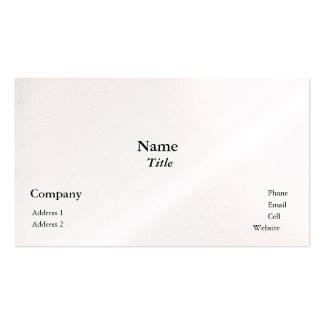
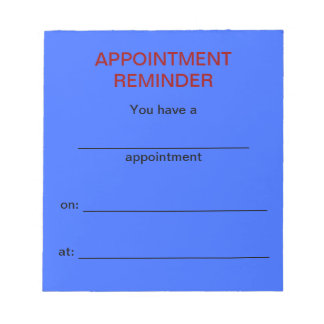
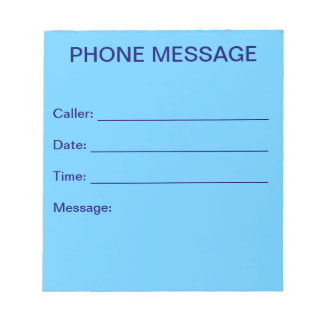
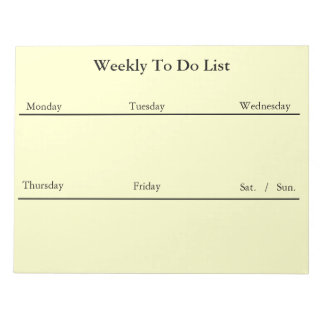
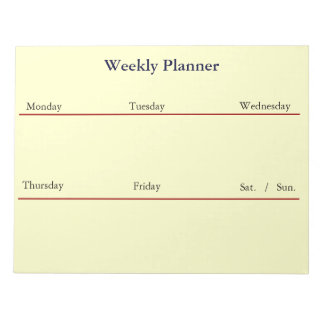

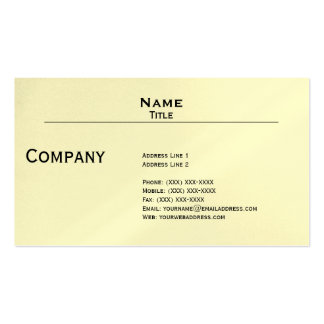

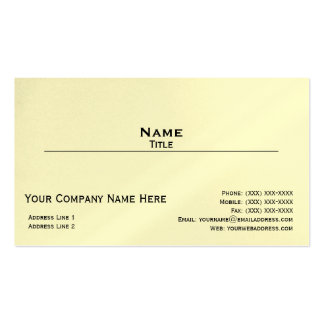
No comments:
Post a Comment